Cruella Without The Dogs Is Cruella Without The Cruelty
For many Disney fans, Cruella de Vil is the one villain whose levels of cruelty exceeds all others. In the original novel The Hundred and One Dalmatians (Dodie Smith, 1956), the character of Cruella is a glamorous, pampered London heiress who is so addicted to spotted Dalmatian fur that she kidnaps them to skin for her garments. Since these origins and in her subsequent reincarnations, Cruella has become a pop culture icon, with her humorous vanity, unorthodox cruelty, and compellingly chic style making her an immediate fan favourite.
In the 1996 live-action adaptation of the film 101 Dalmatians, Glenn Close captures the essence of Cruella De Vil’s evilness and capitalist agenda. Directed by Stephen Herek and co-produced by John Hughes and Ricardo Mestres, in this version, Anita works for infamous fashion institution, House of De Vil. Her boss Cruella has a deep passion for fur, which goes as far as getting her taxidermist Mr. Skinner to skin an endangered species of tiger at the London Zoo in order to make it into a rug. Drunk with puppy fever, Cruella becomes enraged at Anita and her husband Roger when they refuse her offer to purchase their litter of Dalmatians puppies. She vows revenge on the two lovers, stealing the puppies and requesting that they be killed and skinned for her coat.
In the most recent spin-off prequel and reboot movie Cruella (2021), we see similar influences, with fashion and Anglo-mania taking centre stagel. However, this version falls significantly flat with regard to understanding the eponymous villain and her origin story, with no consideration of fur or her psychotic behaviour in the first place.
At the beginning of the film, we watch the protagonist Estella grow up in a stereotypical British school. Set during the London punk movement of the 1970s, Estella defies her restrictive education and dresses in a way that is original, self-expressive, and anti-establishment. She turns her uniform inside-out, reproduces drawings on it, and sews patterns into the fabric, showcasing her artistic vision and eagerness to stand out. Hinting towards her future career as a fashion designer, we learn how Cruella chose to distinguish herself from those around her via her fashion choices, which are edgy, erratic, and rebellious - and recall the designs of Vivienne Westwood. Best known for their provocative clothing, Westwood and her then-partner Malcolm McLaren customised t-shirts and other garments with shocking anti-establishment graphics, bondage trousers, sadomasochistic costumes and erotically charged clothing. Cruella references Westwood as a clear influence in her artistic vision and, by encapsulating a young punk attitude, we see hints towards her future relationship with the establishment, which never seem to come full circle.
We then watch a working-class adult Estella work her way into a fashion designer role, where she meets the Baroness personally for the first time. This hints towards other incarnations of Cruella which have similar distasteful personality traits. One of the only good things I saw in terms of the exploration of fashion within this film, was the dilemmas that are introduced when designers copy and paste other people’s work and call it their own. The character of the Baroness has built her reputation upon the backs of other designers, and uses exploitative fear tactics as a tool for her success. However, in trying to keep in line with a capitalist agenda whilst also trying to satisfy the views of environmental activists who have helped changed the terrain on fur usage, we end up watching a capitalist mindset overcome these characters into pro-establishment complicity - the very thing they are supposed to be critiquing as punk enthusiasts. Cruella’s resentment fuels her hatred of the Baroness, but she doesn’t actually demonstrate any inherent evilness or psychotic behaviour (unless you count her bizarre monologues to a fountain that reminds her of her late mother). It isn’t that she is against copying or the fashion industry in general – she just hates her boss. Haunted by her past, in which she witnessed the death of her mother, Estella (who at this point goes by Cruella and has changed to her iconic two-tone hair colour) becomes obsessed with the Baroness as a means of revenge, even to the point of objectifying her friends so that they can help her plan an attack.
Cruella ultimately fights the Baroness through fashion innovation and design, which references haute couture as a fight for public interest. Both women’s artistic tastes and fashion sensibilities are pretty refined, but Cruella continues to reference Vivienne Westwood in an edgy and dramatic way. By contrast, the Baroness’ designs seem sensible and conservative, pushing a narrative of elitism via the likes of John Galliano and Alexander McQueen. For both characters, the Disney motto of living your true self is pushed to the max when Estella turns into Cruella and the Baroness publicly realises the flaws in wanting to be the ‘best’ fashion designer. There are more similarities between the original 1961/1996 Cruella and the Baroness, who in this adaptation is ironically the antithesis of Estella. Cruella/Estella in this film is not inherently evil, but misguided and resentful of her own loneliness and lack of recognition. The film therefore falls flat, as the focus on the capitalist fashion industry overwhelms the character arc of Cruella, whose villainous story seems to be missing one key component.
Where is the fur?
It seems like this adaptation has completely forgotten - or glossed over - why Cruella is called Cruella in the first place: it is her cruelty towards dogs - innocent, domesticated creatures which show unconditional love towards their human owners - which leads to her dastardly wealth and fame. Her addiction to dog fur is what makes her so evil, but this adaptation focuses entirely on her fame and fortune as a product of her glamorous reputation in fashion. Fur was very much still in vogue during the punk movement, with ecocriticism of the fur business fizzling out as target demographics changed. Wealthy women were earmarked as the leading consumers of fur, which to this day is still recognised as a sign of elitism (and something the original Cruella was closely associated with).
So where is the fur coat that we all expected to see? Disney has clearly tried to avoid/erase the difficult, controversial topic of sustainability in this modern remake. They have attempted to justify Cruella’s evilness in other ways, but it’s a real shame to taint evilness with goodness in such a character. I personally don’t think that including fur in Cruella’s costume design would have been sending a pro-fur message, especially since our times have moved past using live animals as fabric. Instead, it would have highlighted an important and ugly side to fashion history and consumerism, and offered an opportunity to explore it in greater depth. This adaptation’s storyline is hence almost misleading and unnatural in its characterisation of Cruella, who is left seeming really not very cruel at all.
Overall, the main problem in this film was the attempt to make Cruella into a sympathetic character whose past troubles almost excuse her later misdemeanours. What makes Cruella de Vil so famous is her obsession with fur, to the point where she is almost irredeemably evil. But this adaptation erases any hint of fur and depicts her in a compassionate light, as someone who is haunted by the death of her mother and who seeks revenge as a way of living true to herself (whilst dressed in a way that is counter to her original portrayal). In my opinion, we should just let villains be villains, and not attempt to humanise them or provide them with the possibility of redemption. If they truly wanted to push the punk aesthetic onto Cruella, then she should have created and been dressed in garments that went against the fashion establishment in its entirety, rather than contributing to its elitism and luxury. It would have been exciting to see Cruella start practising fashion in a way that was completely unsustainable and unethical, to see her get sucked into the dark side of the industry for greed and fortune and become the one thing she was originally fighting against. This would have explained her descent into madness and materialism whilst also keeping her rebellious nature at the centre of the film. Why continue a story about the addiction of fur and dog kidnapping, if you’re not going to include the dogs?






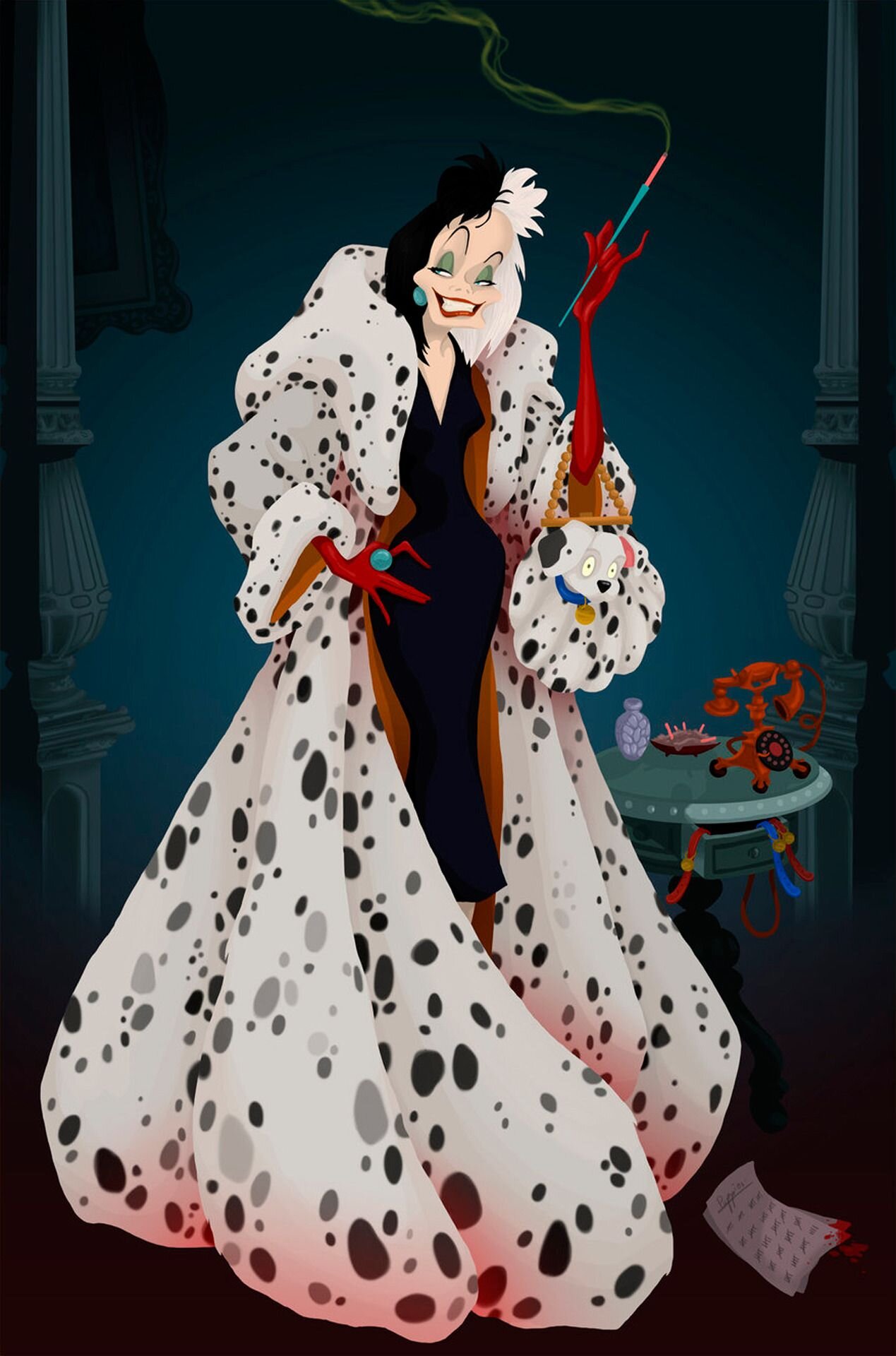
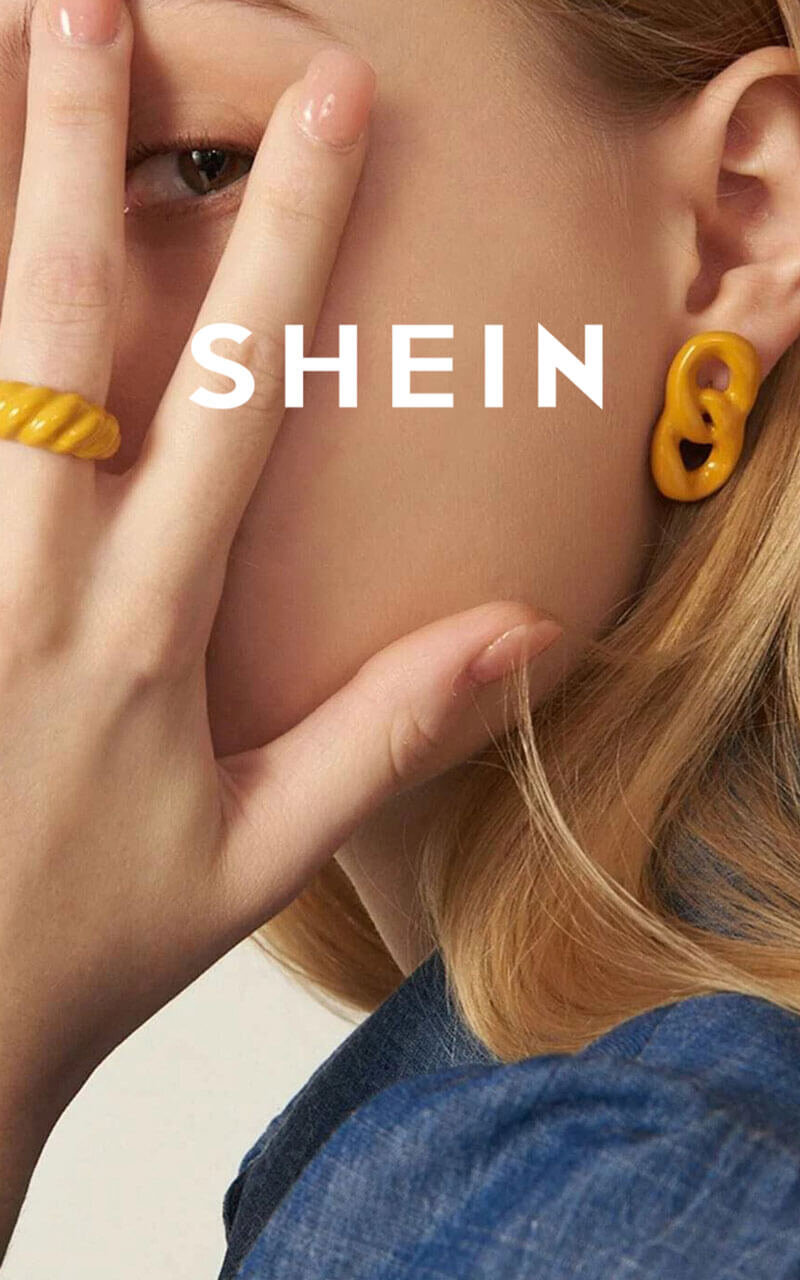
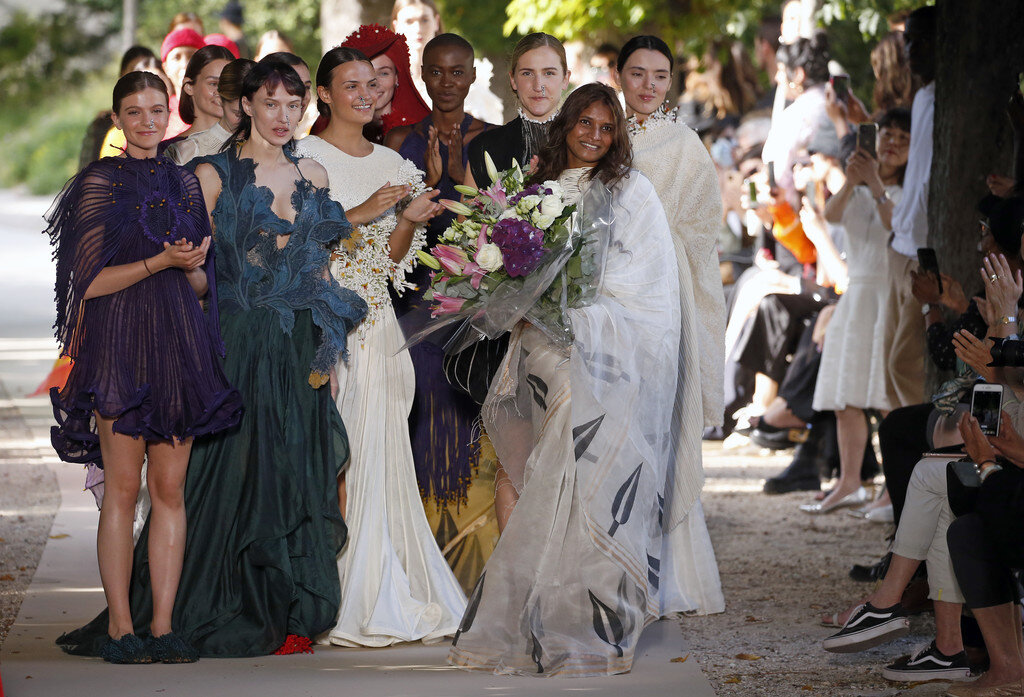


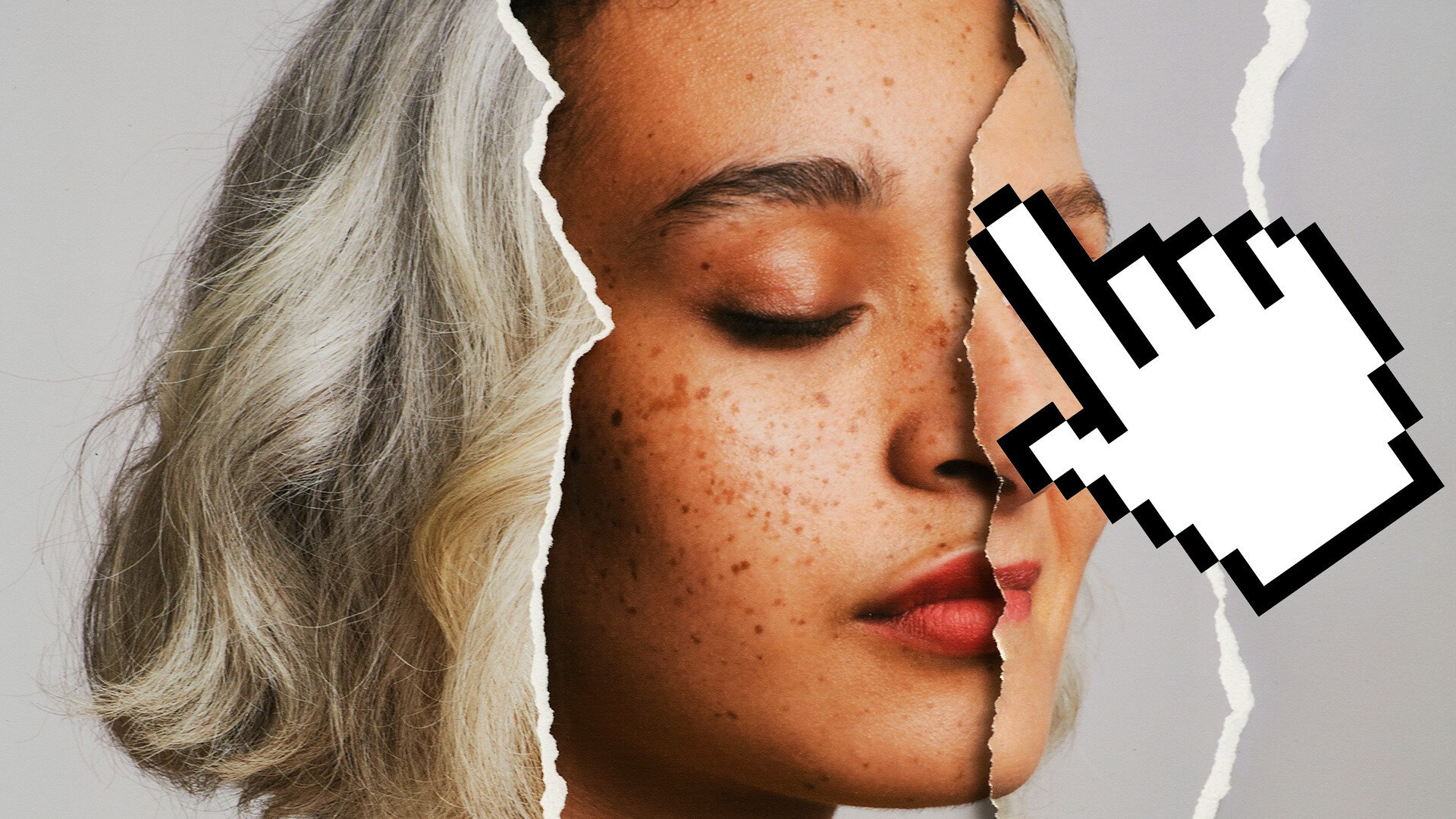
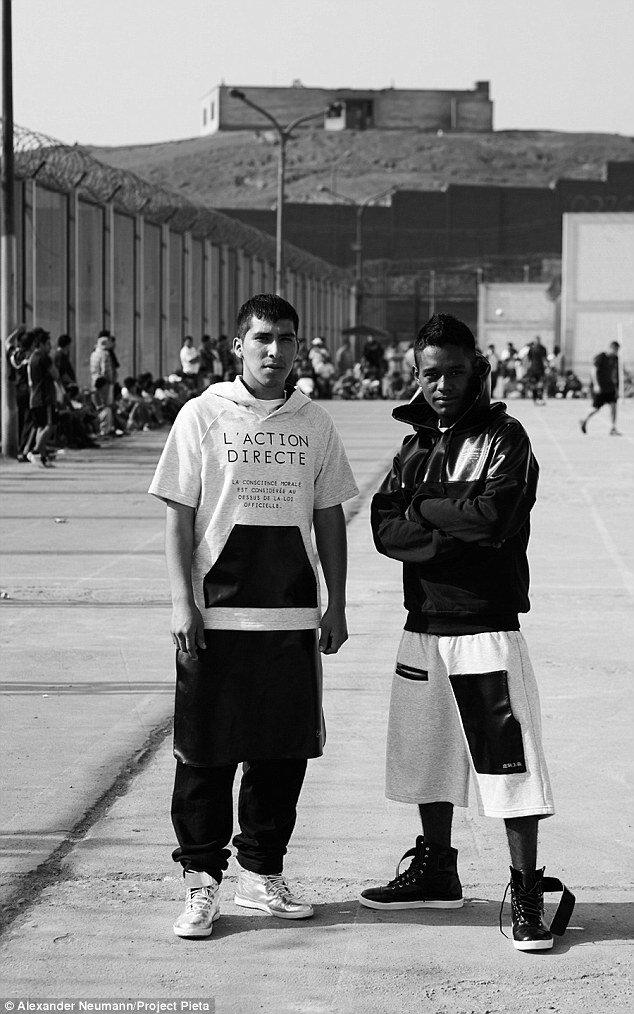
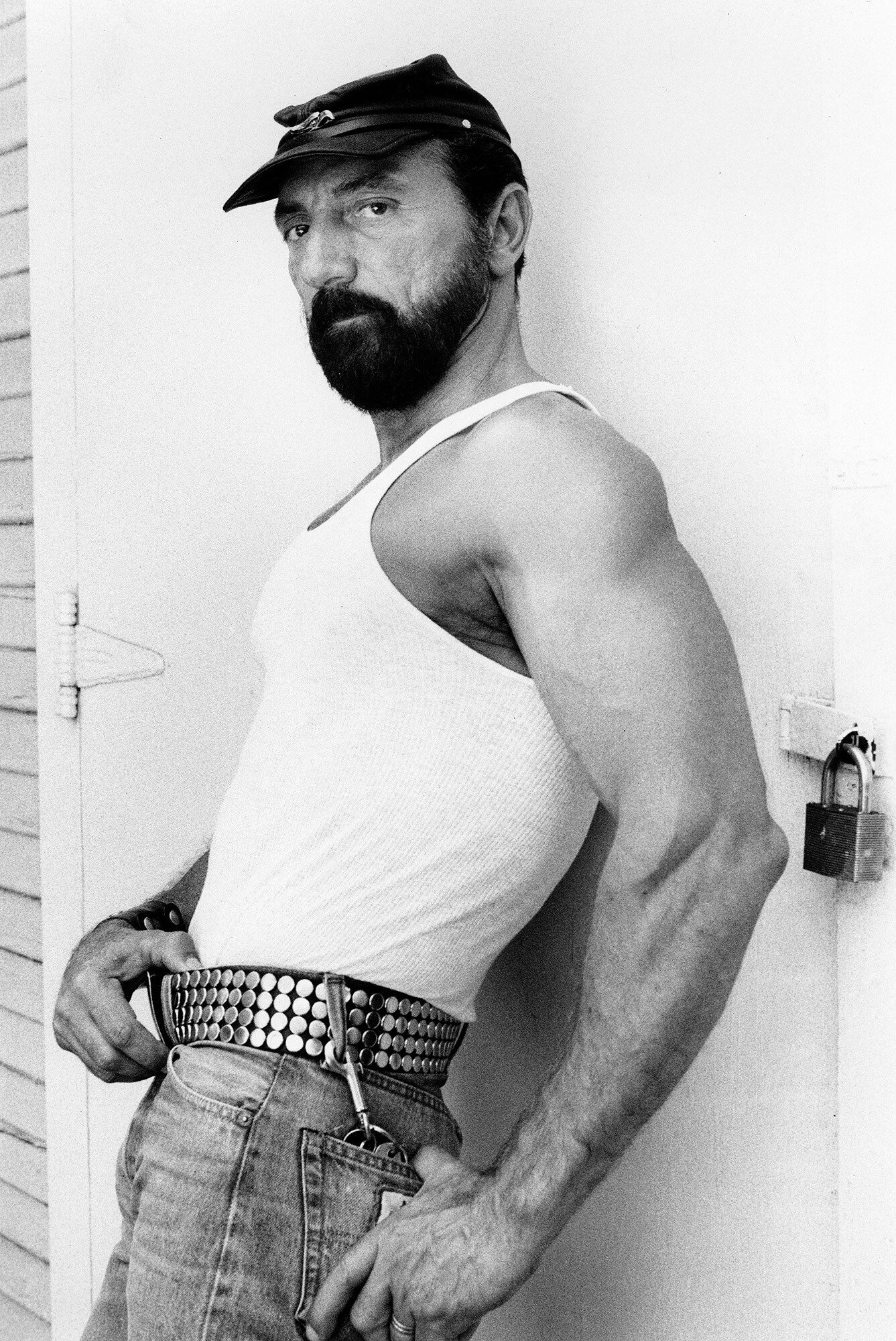


In the wake of England’s UEFA loss against Italy, and the racist attacks on players that followed, MATERIAL reconsiders the history of the ‘three lions’ and its problematic connotations.